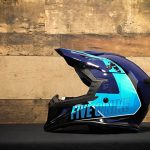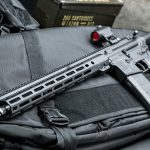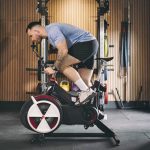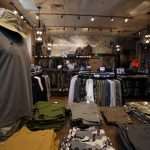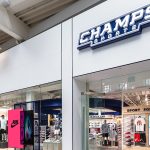Tecnica would an obvious challenger to K2 Inc.s mission to become the worlds largest sporting goods brand as they have proven their own ability to capture and consolidate brands that would now seem to give them a slot as one of the top three hardlines companies.
The company finalized the acquisition of the Nordica brand back to its former parent in February and christened the new headquarters for the Nordica USA group in New Hampshire this month. The attention now turns to Rollerblade as Tecnica Group S.p.A. closed on the deal to purchase the original in-line skate brand.
Rollerblades worldwide headquarters will be in Trevignano, Italy and will see R&D based there along with Nordica, utlilizing much of the same BSS personnel that were responsible for Rollerblade under BSSs watch.
The U.S. headquarters for the brand will still be located in Bordentown, NJ, utilizing much of the same facilities and infrastructure as it has since BSS moved the operation down from Minneapolis.
Bill Foy, formerly the GM/VP of the division under Benneton Sportsystem, will now be CEO of the new Rollerblade USA subsidiary, adding finance to direct reports.
In an exclusive interview with SPORTS EXECUTIVE WEEKLY, the new CEO was quick to point to the positives under the new ownership, but also referenced the support and energy provided by the former parent.
“Theres been a lot of Benneton bashing”, said Foy, “but they were a good parent company. They provided us financial resources that helped us through a tough market the last three years”. He said BSS really “invested in the future” of the brand.
Still, Mr. Foy was excited about opportunities under Tecnica, because it gives the brand a “parent with a hardlines perspective”. He said it bodes well for the brand to execute better because Tecnica “understands the sporting goods world”.
Foy said he saw “no upheaval” in the U.S. business and that they would operate as business-as-usual. The relationship with Prince Sports, Inc. enables them to continue shipping from the same DC, utilizing the same warehouse people, leading to a “pretty seamless” experience for the retail customers.
Looking at the health of the in-line skate category, Foy said there was a decline the last two years in retail sales, but if we look at the SGMA and NSGA participation numbers, in-line skating is still a very strong activity, particularly with the younger consumer.
He said the participant is a young, active consumer, “a consumer that the sporting goods retailers need to have in their stores”. And vendors need to innovate to get the active user to purchase new product.
“Retail has been running on close-outs”, said Foy, pointing to the general price deflation seen in the segment. But he sees a stabilization in the business as the fringe players move out of the business and inventories get cleaner at retail and the remaining vendors.
Foy said the average selling price for Rollerblade continues to rise and the company is busy growing market share as well. Again he pointed to innovation for the reason for the trends. “Last year was the best bottom-line year in five years”, he said, adding that the company picked up 10 percentage points in market share, measured in units sold, since 2001, with 600 basis points gain in 2002 alone.
He closed by saying that he saw the future of the category was in creating new products that make the skating experience more enjoyable and easier for the user.
>>> The issue of innovation goes way beyond in-line skates and cuts to the very core of our industry. Lets hope more companies embrace the “innovate or die” mantra…


